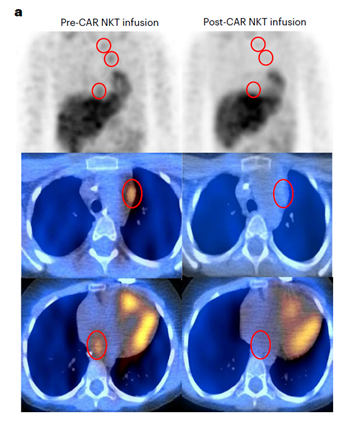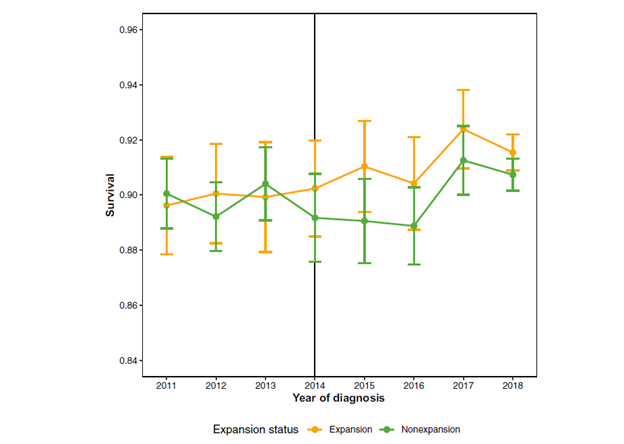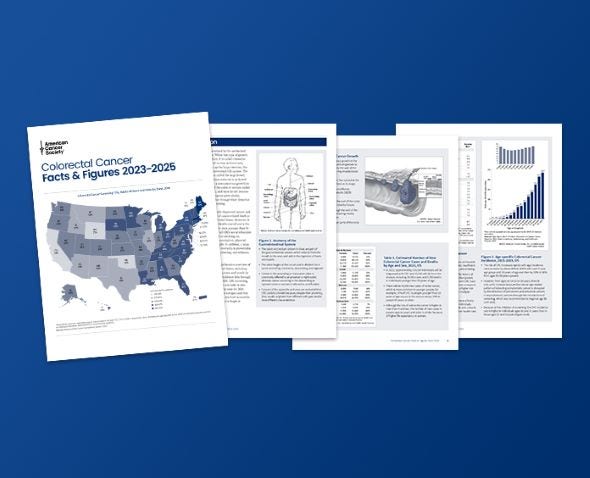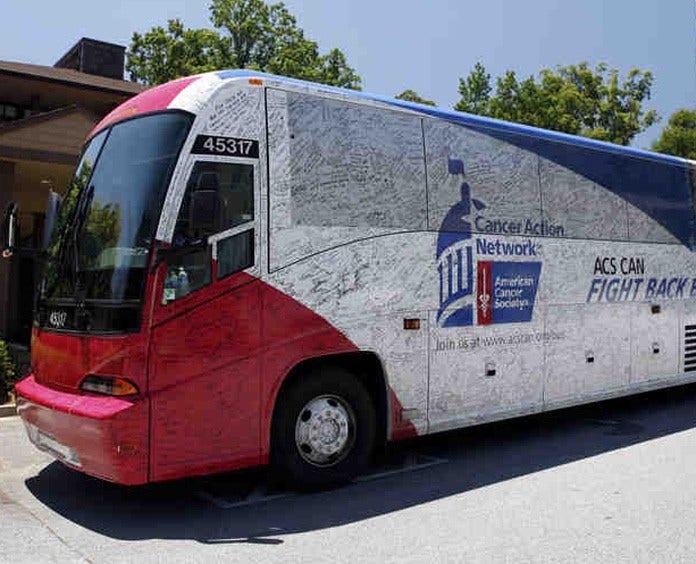Childhood Cancer Research Highlights
The American Cancer Society (ACS) is deeply committed to finding new answers that will help every child and family affected by cancer. Here are lay-friendly highlights about some of our recent studies.
Current Status - In Brief
Childhood Cancer Continues to Increase
Cancer is the second most common cause of death among children ages 1 to 14. Accidents are the most common cause. The cancer incidence rate for children has been increasing slightly since the mid-1970s, with the trends varying by cancer type. However, cancer death rates in children have declined 71% since 1970. These reductions are largely due to improvements in treatment and more children taking part in clinical trials.
Risk & Prevention Studies
Treatment & Reducing Metastasis Studies
NEW Update
New Treatment for Children with Neuroblastoma
This photo shows a clear “win” from a phase 1 clinical trial of a new treatment for children who have already been heavily treated for neuroblastoma. The photo was published in a study in Nature Medicine with co-authors and American Cancer Society (ACS) research grantees Andras Heczey, MD, and Leonid Metelitsa, MD, PhD.
These gray and blue images are from two types of scans. Images on the left show circled neuroblastoma tumors. Images on the right show empty circles—the absence of tumors after the patient received 2 doses of the experimental CAR-NKT therapy.
At this phase, anti-tumor activity wasn’t the first goal, so it’s much too early to deem this new treatment a success. Yet, researchers have been able to conclude several promising results: Read on.
Survivorship Studies
NEW
Medicaid Expansion Improves Survival in Children with Cancer
This graph is from an early analysis of the effect of Medicaid expansion on children with cancer. It shows a clear difference in survival between children with cancer who live in a state that expanded Medicaid compared to those who don’t.
This graphic shows the difference in the probability of children surviving through 2 years after a diagnosis of cancer before and after 2014 when Medicaid Expansion went into effect. It specifically compares the difference in survival between children in states that expanded eligibility for Medicaid (orange line) and in states that didn’t (green line).
Read on to learn more about what the graph shows and the findings of the study.
Childhood Cancer Statistics
Cancer in Children (birth to age 14)
Cancer in Adolescents (ages 15 to 19)
See these Special Sections: Cancer in Children & Adolescents and Cancer in Adolescents & Young Adults
See More Childhood Cancer Statistics & Facts

Find more statistics about childhood and adolescent cancer on the Cancer Statistics Center:
- Estimated new cases and deaths
- Historical trends in incidence rates
- Historical trends in death rates
- 5-year survival rates
Use the analysis tool in the drop-down menu to see any of these statistics in comparison to other types of cancer.
ACS Childhood Cancer Research News
- Researcher Studies Current Breast Cancer Screening Guidelines for Adult Survivors of Childhood Cancer
- New Treatment for Neuroblastoma Is in Early-Stage Trials
- Research Shows How a Coaching Program Helps Kids With Cancer Cope Now and in the Future
- Research Helps Parents Make Decisions About Their Child's Care—With Less Stress
ACS CAN & Childhood Cancer Research
Our nonprofit, nonpartisan advocacy affiliate that supports evidence-based policy and legislative solutions designed to eliminate childhood cancer including pushing for increased federal funding for research.
We Fund Cancer Researchers Across the US
The ACS funds scientists who conduct research about childhood cancer at medical schools, universities, research institutes, and hospitals throughout the United States. We use a rigorous and independent peer review process to select the most innovative research projects proposals to fund.
The grant statistics to the left are as of August 1, 2023.







